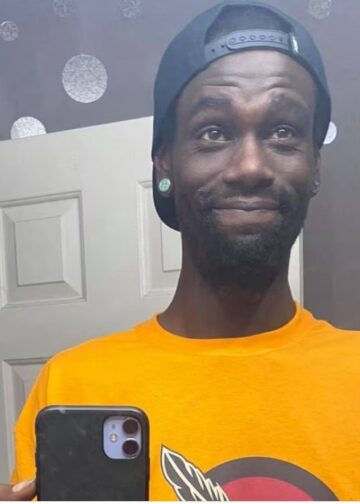Watching the video released last evening of the incident in Memphis, Tennessee, where 5 officers beat Tyre Nichols, was shocking.
The use of force by police and correction officers is to be used only as a last resort and must be the least amount of force necessary to control the situation. The video showed us that this was not the case here.
In my almost 29-year career with the NYC Correction Department I have not only investigated but also supervised hundreds of use of force investigations. I served as the Deputy Director of the Investigation Division and the Executive Officer of the Training Academy and so this is a subject that I have pondered deeply.
Every police and correction agency issues use of force directives that specify what type and what amount of force can be used and what type of force cannot be used. Further, all police and correction agencies provide use of force training for their uniformed force.
On Jan 7, Memphis police officers conducted a traffic stop of a vehicle driven by Tyre Nichols. It is not clear if probable cause existed for the traffic stop or what the reason for the stop was. But what is clear, according to the Memphis Police Chief CJ Davis, is that the police officers did not follow their use of force directives nor did they act with any measure of humanity.
After the initial car stop there was a use of force by police that was captured on body camera footage. Subsequent to being stopped, Nichols ran and was quickly caught, and the senseless beating was captured on a “SkyCop” police street camera. Nichols was tased and pepper sprayed. He was repeatedly kicked, punched and struck with a baton while handcuffed.

Tyre Nichols died at the hospital on Jan 10, three days after the encounter with police. The five police officers were fired on Jan 20 and arrested on Jan 24 on charges that included second-degree murder, aggravated kidnapping, aggravated assault–acting in concert, official misconduct and official oppression. In addition, the Department of Justice is investigating and it will most likely prosecute the five officers based on federal civil rights violations after the disposition of the State charges.

Excessive force is not only against the law, but unethical and morally wrong. So why do deaths in police custody as a result of excessive force still continue to occur? Did the officers involved have the mistaken belief that they were above the law?
More to the point: Have some police officers become disconnected from the human element of police work? Have they become numb and desensitized? Is it a mob mentality that provokes the “us against them” attitude and takes control over their emotions? Was there a lack of supervision? Based on the video footage it did not appear that a supervisor responded to this incident in a timely fashion—as is supposed to be the case. Perhaps the presence of a supervisor might have stopped the violence once Nichols was lying prostrate on the ground.
Surprisingly, deadly incidents which are the result of excessive use of force by police still occur notwithstanding the widespread use of body cameras, police car dash cameras, “SkyCop” street surveillance cameras and of course the ubiquity of cell phones.
There was no legal justification for the amount and type of force used against Tyre Nichols. Most of the force occurred after Nichols was handcuffed and would be considered excessive and unnecessary even if he hadn’t been handcuffed. Use of excessive and unnecessary force is insidious and can be a reflection of the agency and political climate. According to Chief Davis, the actions of the police officers were inconsistent with police training and policy.
Every one of the five officers had the same duty to intervene to stop the others from assaulting Nichols, they all had the same duty to render aid to Nichols and they all had the same duty to report the events. Further, the five officers all violated the 8th Amendment to the U.S. Constitution by subjecting Tyre Nichols to cruel and unusual punishment.











